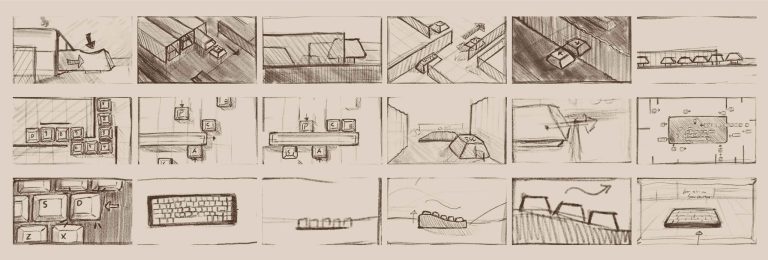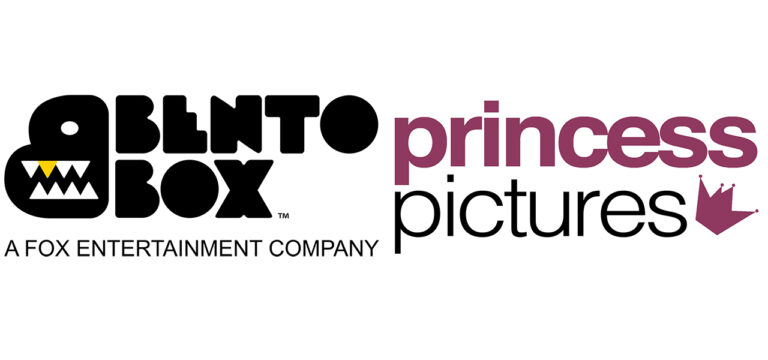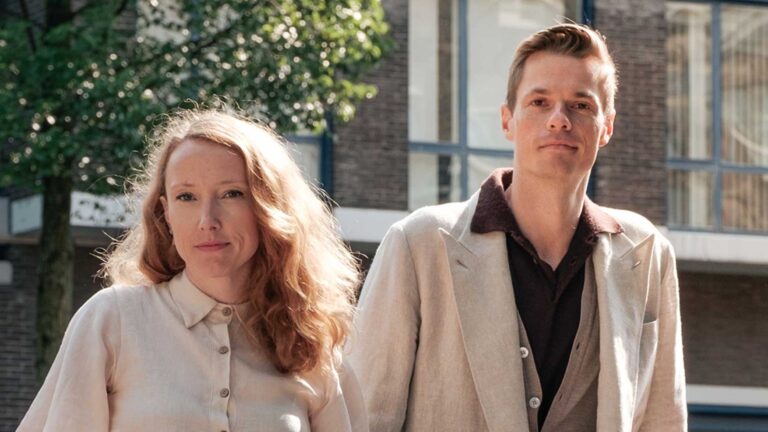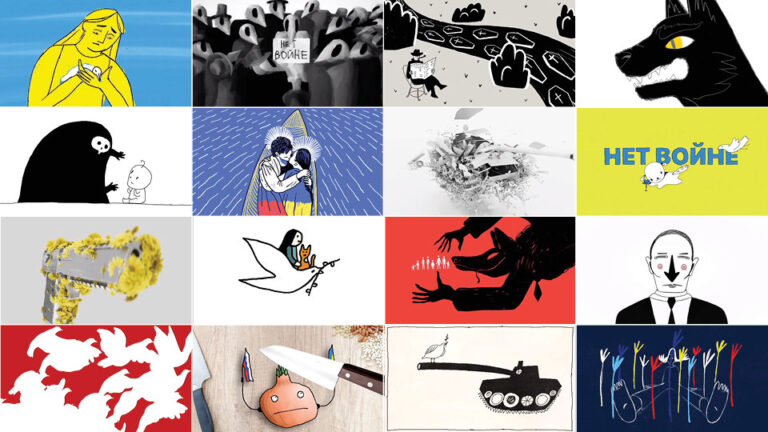According to Netflix’s Lauren Castro, “I’m still one of the only female execs in adult animation. I love all my colleagues, but you look around and it seems like it’s been easier for men to rise up the ranks.”
“It’s important we remember these values, these capitalistic, patriarchal values run through a lot of women too,” observed Barford. “They uphold it as well in the visual arts – who is afforded trust, who is afforded a second chance, who is afforded to not being asked too many questions.”
1. Gendered constraints
Argo says that she’s seen an impressive push toward greater diversity among studios, but that one of the main challenges now is to strive for parody in an authentic way. Representation cannot be tokenism, she said, and it can’t be shoehorned into a situation where it doesn’t make sense.
Panelists included Lauren Castro, a Paramount, Dreamworks, and Marvel vet who is now Netflix’s manager of adult animation comedy; Helen Argo, a producer at Bristol-based animation studio Aardman; and Glasgow-based illustrator and animator Isabel Barfod. The discussion was moderated by journalist and author Hanna Flint.
Here are five takeaways from the panel:
Not focused exclusively on gender, the panelists also spent time discussing the importance of creating a more inclusive atmosphere for all underrepresented communities. There was a keen emphasis placed on the importance of using inclusive language and ditching traditional binary labels when discussions of diversity are being had.
2. Gender pay gap?
Isabel Barfod pointed out that while the visual arts are occupied predominantly by women, that doesn’t mean patriarchal and misogynistic standards aren’t applied. A lot of women, especially those who achiev positions of power, protect existing values and enforce them.
On the creative side, Barfod, who started working in illustration, has long been frustrated by racist tropes that exist in visual arts. She emphasized a need for more diverse bodies on screens and for artists to recognize the entrenched tropes that often find their way into illustration and animation.
Aardman’s Helen Argo pointed out that the main hurdle to achieving that end is finding talent, particularly finding experienced talent to take on head-of-department roles.
Castro explained that she is always on the lookout for storytellers from diverse backgrounds. She said that for a writers’ room to come up with universal stories, which are the most successful stories for a global platform like Netflix, it’s essential to have a diverse group of voices contributing.
3. Race and representation behind the scenes
The question was raised as to whether there has been a greater push in commercial or independent animation toward creating more representative animation.
A solution, suggested by Barfod, is to always be clear about pay with any job, contract or freelance.
Castro agreed, adding, “Talking about money feels weird, feels icky, but we’re allowed to do that now.”
“I studied illustration, which is essentializing people’s features. Within that, it’s incredibly important to understand the history of racist tropes and racist drawings and understand how you can respectfully draw people.”
4. Diversity on screen
The Glasgow Film Festival teamed with Women in Animation to host an International Women’s Day (March 8) roundtable earlier this month, where the state of the animation industry was the topic of the day. The festival has given Cartoon Brew exclusive access to the video of the discussion, which can be viewed below:
Most of the panel was dedicated to gender constraints that women working in animation are likely to face, both on the creative and business sides of the industry.
5. Commercial vs. independent
The panelists shared their own experiences in facing pay disparity and agreed that the problem is still extremely common in the animation production industry. They also agreed that too often, work promotions come only with certain gender qualifications. One recalled only ever being promoted in tandem with a male counterpart whose work wasn’t on par with her own.
“The hardest things for us and all of us in the animation industry is that drive through recruitment and where you are finding those people from and that talent to be more diverse,” she said. “For commissioners like Sky, we have to report our targets. We’ve been working with Sky for a number of years now and you can see it is improving, but so, so slowly, particularly in those key head of department and creative roles.”






